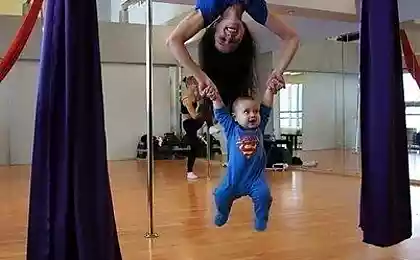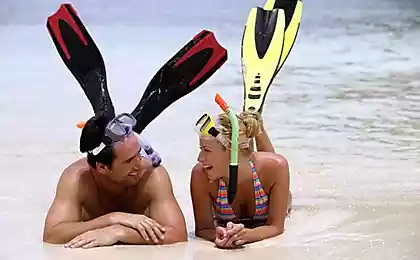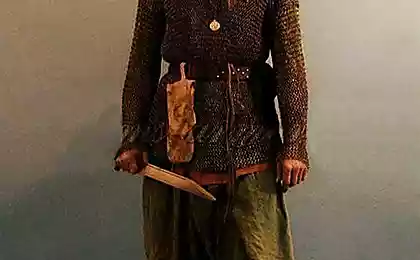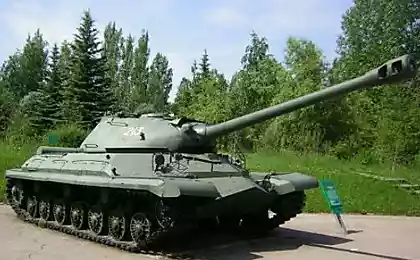3667
Medieval armor. Part 2 of underwear
Scales - one of the oldest versions of armor created in imitation of scales animals.
The oldest type of armor of scales - leather armor from the skin scaly animal, the skin is treated so as to preserve the natural surface. With the advent of metal weapons turned in a very ceremonial armor.
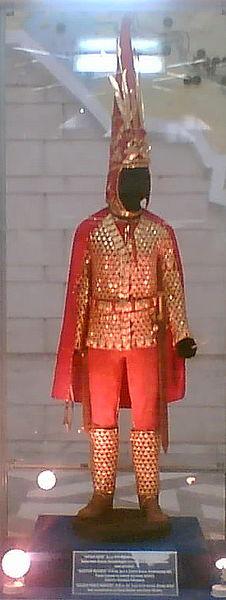

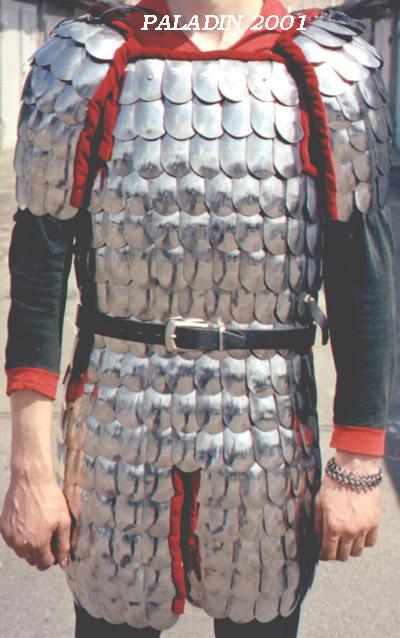

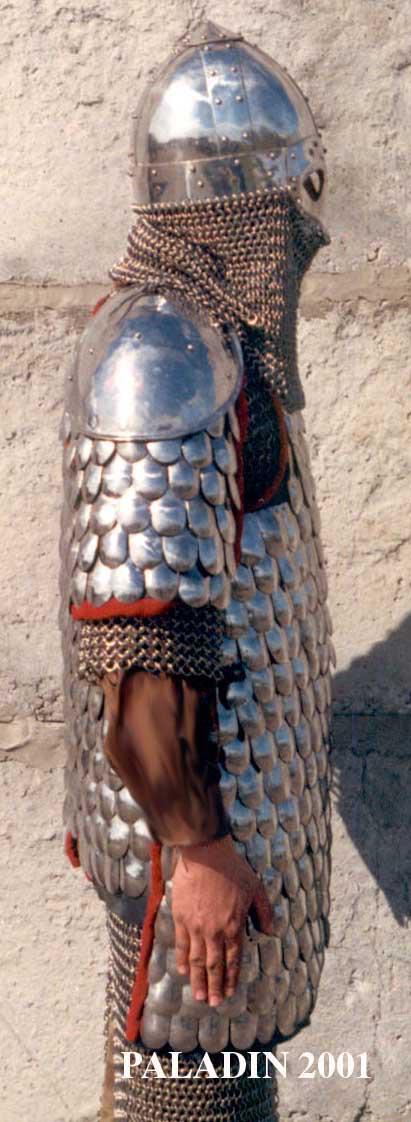


Bib (Eng. Breastplate) - part of the Plate Armor covering the body from the front. Introduced at the end of the XIV century and existed until then, until the armor in general use. Breastplate and back plate form part cuirass, in some cases, use a separate bib.
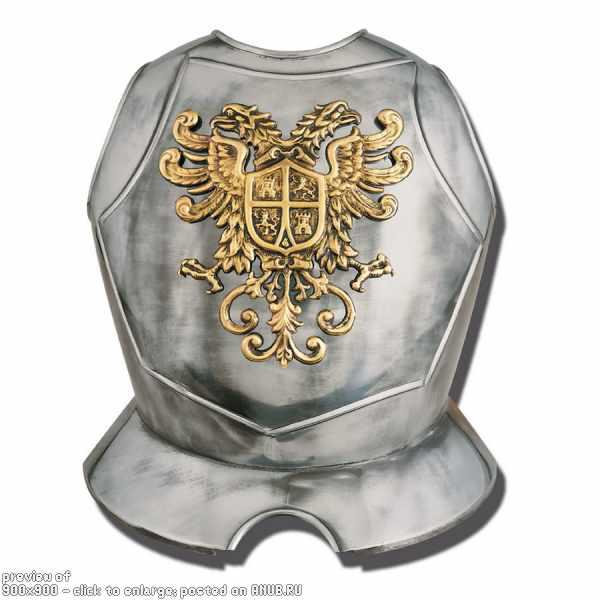


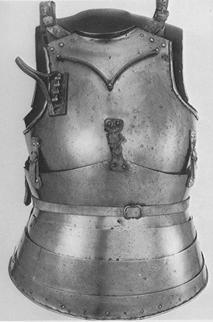
Brigantine (from it. Brigantine, other names: English. Brigandine, coat-of-plates, jack-of-plates, Italian. Corazzina) - Armor plates naklёpannyh under the cloth basis. Carded basis of chivalry Brigantine often covered with velvet, often with coats of arms, and was attached rivets decorative form. In XIII-XIV centuries brigantine was a typical suits of armor, and in the XV century - a typical infantry.
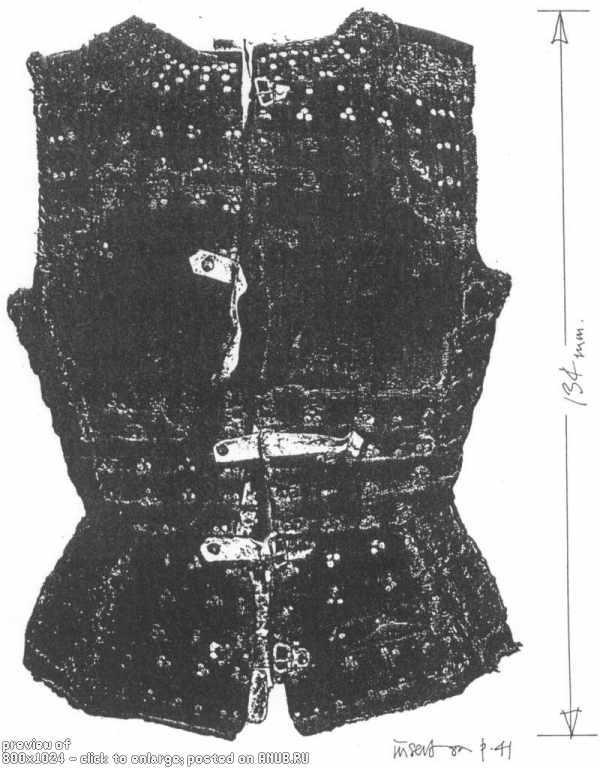


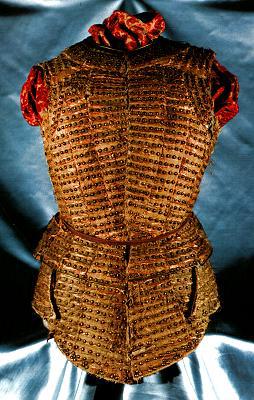
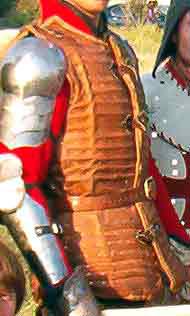




Lorica segmentata (lat. Lorica segmentata, segmented Lorica) - armor, used mainly in the Roman Republic and Empire, but the name "Lorica segmentata" appeared only in the XVI century, the ancient name of it is unknown.
Armor consists of a leather substrate to which steel strips are sewn, bonded pairs on the abdomen and back, thus forming a hoop that covers the torso of a soldier. Shoulders, and upper part of the chest and back protected by additional bands. Lorica segmentata was convenient to store and transport, as it is easy to understand. Her weight is 9 kg.




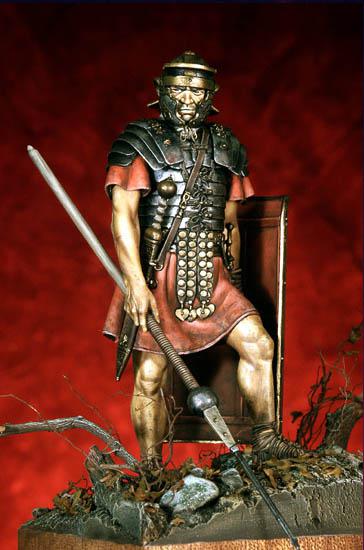

Breastplate (Eng. Cuirass, from the French. Cuirie, originally referred to a leather breastplate, derived from the French. Cuir Bouilli, ie digested skin) - the general name of armor consisting of one or more of the whole interconnected metal plates to protect the body.
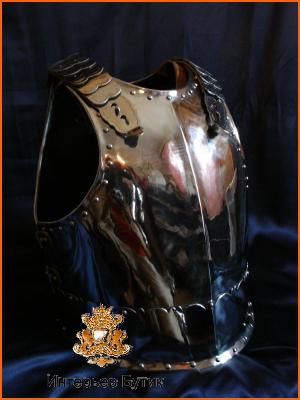





Ringed armor - armor woven from iron rings, metal net for protection against cold steel. Wore depending on the species different names: chain mail, armor, Baydaev, yatserin. Use different types of armor - from chain mail shirt which covered only the torso and shoulders to full Hauberk (hauberk), covers the body completely, from head to toe.
Chainmail widespread, both in Europe and in Asia due to the ease of manufacture. To make a chainmail required only a few pounds of iron, a device for drawing wire and patience for repetitive work in manufacturing wire rings and weaving of the rings of the chain mail (for chain mail shirt is several hundred man-hours, not including the manufacture of wire or forging rings individually) . After fabrication of such armor could serve almost forever - if it is damaged enough to patch a handful of new chainmail rings.





Laminar armor (from Lat. Laminae - layer) - the general name of the armor of solid transverse bands.
The most famous examples of laminar armor - Roman Lorica segmentata and some of the later versions of the samurai armor. In addition to Lorica segmentata, in ancient Rome was also known laminar and full protection of limbs, but in the army, it is almost never used, applying mainly to gladiators, which is usually protected so only one hand (in some cases more, and one leg) with unprotected body.
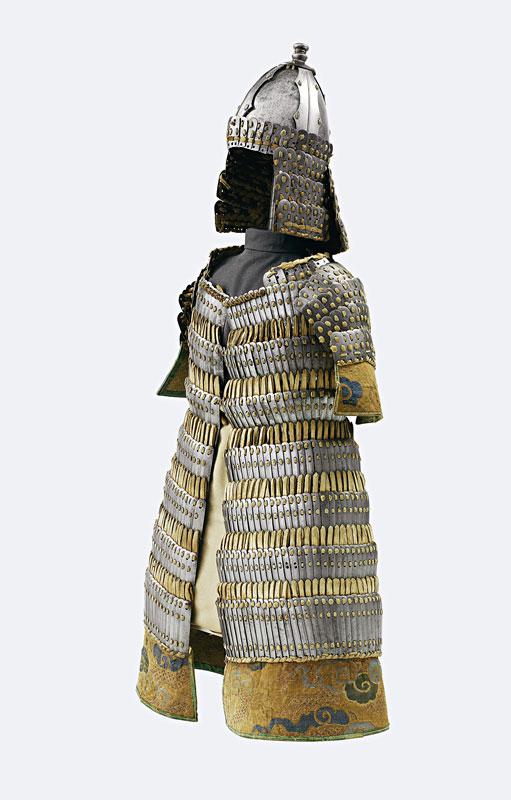



Plate - passing of the iconography of Great gerbovedenie title battle armor, armor - protective metal or leather and metal clothes covering the torso, arms and legs partially warrior. Old Russian armor unlike tselnokovannyh Latin West European chivalry were extremely ringed or plate. The latter is a long leather shirt with short sleeves, which were attached overlapping metal plates. Such armor constitute affiliation iconography holy warriors - Theodore the, Great Martyr George, Prince Alexander Nevsky and others. In the plate, usually dressed and participants of battle scenes in icons and miniatures of manuscripts. Iconographic tradition complements these armor also target - shield in the chest part, decorated with relief or flat ornament.


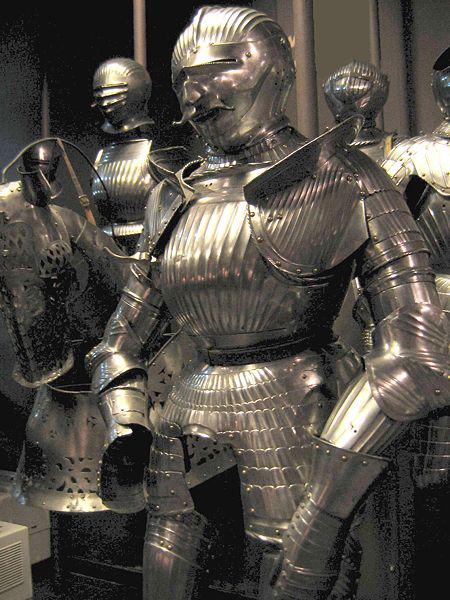


The oldest type of armor of scales - leather armor from the skin scaly animal, the skin is treated so as to preserve the natural surface. With the advent of metal weapons turned in a very ceremonial armor.







Bib (Eng. Breastplate) - part of the Plate Armor covering the body from the front. Introduced at the end of the XIV century and existed until then, until the armor in general use. Breastplate and back plate form part cuirass, in some cases, use a separate bib.




Brigantine (from it. Brigantine, other names: English. Brigandine, coat-of-plates, jack-of-plates, Italian. Corazzina) - Armor plates naklёpannyh under the cloth basis. Carded basis of chivalry Brigantine often covered with velvet, often with coats of arms, and was attached rivets decorative form. In XIII-XIV centuries brigantine was a typical suits of armor, and in the XV century - a typical infantry.









Lorica segmentata (lat. Lorica segmentata, segmented Lorica) - armor, used mainly in the Roman Republic and Empire, but the name "Lorica segmentata" appeared only in the XVI century, the ancient name of it is unknown.
Armor consists of a leather substrate to which steel strips are sewn, bonded pairs on the abdomen and back, thus forming a hoop that covers the torso of a soldier. Shoulders, and upper part of the chest and back protected by additional bands. Lorica segmentata was convenient to store and transport, as it is easy to understand. Her weight is 9 kg.






Breastplate (Eng. Cuirass, from the French. Cuirie, originally referred to a leather breastplate, derived from the French. Cuir Bouilli, ie digested skin) - the general name of armor consisting of one or more of the whole interconnected metal plates to protect the body.






Ringed armor - armor woven from iron rings, metal net for protection against cold steel. Wore depending on the species different names: chain mail, armor, Baydaev, yatserin. Use different types of armor - from chain mail shirt which covered only the torso and shoulders to full Hauberk (hauberk), covers the body completely, from head to toe.
Chainmail widespread, both in Europe and in Asia due to the ease of manufacture. To make a chainmail required only a few pounds of iron, a device for drawing wire and patience for repetitive work in manufacturing wire rings and weaving of the rings of the chain mail (for chain mail shirt is several hundred man-hours, not including the manufacture of wire or forging rings individually) . After fabrication of such armor could serve almost forever - if it is damaged enough to patch a handful of new chainmail rings.





Laminar armor (from Lat. Laminae - layer) - the general name of the armor of solid transverse bands.
The most famous examples of laminar armor - Roman Lorica segmentata and some of the later versions of the samurai armor. In addition to Lorica segmentata, in ancient Rome was also known laminar and full protection of limbs, but in the army, it is almost never used, applying mainly to gladiators, which is usually protected so only one hand (in some cases more, and one leg) with unprotected body.




Plate - passing of the iconography of Great gerbovedenie title battle armor, armor - protective metal or leather and metal clothes covering the torso, arms and legs partially warrior. Old Russian armor unlike tselnokovannyh Latin West European chivalry were extremely ringed or plate. The latter is a long leather shirt with short sleeves, which were attached overlapping metal plates. Such armor constitute affiliation iconography holy warriors - Theodore the, Great Martyr George, Prince Alexander Nevsky and others. In the plate, usually dressed and participants of battle scenes in icons and miniatures of manuscripts. Iconographic tradition complements these armor also target - shield in the chest part, decorated with relief or flat ornament.









